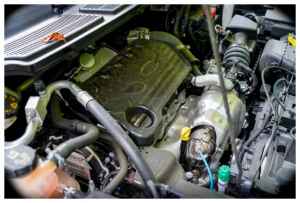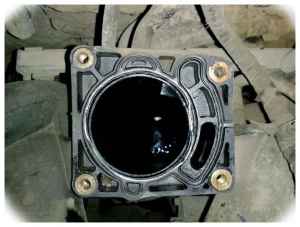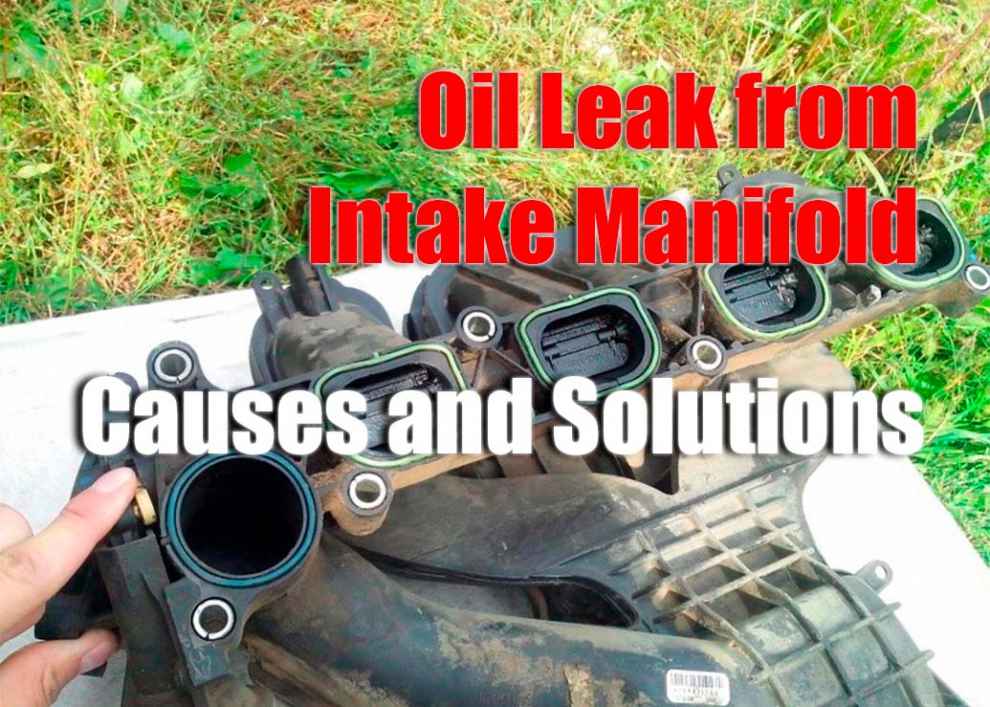An oil leak from the intake manifold of a vehicle can cause a variety of issues. This can include poor engine performance, decreased fuel efficiency, and even engine damage if left unchecked. In this article, we’ll explore the symptoms, causes, diagnosis, and solutions for an oil leak originating from the intake manifold.
Symptoms of an Oil Leak from Intake Manifold
The key symptom associated with an oil leak from the intake manifold is visible engine oil around the base of your intake manifold. You may also notice poor acceleration or a decrease in fuel economy due to extra friction caused by lack of lubrication in the engine’s components. Additionally, you may suddenly hear a tapping noise from your intake manifold when opening or closing your throttle.
Causes of Oil Leak from Intake Manifold
Gasket Failure: One potential cause for an oil leak is gasket failure on either the inside or outside part of your intake manifold gasket. If these gaskets are either torn or not sealed properly, they will allow engine oil to escape and create a noticeable leak.
Damaged Intake Manifold: The internal components within your intake manifold could become damaged due to age or wear and tear. This can lead to an oil leak as the components are not sealed properly, allowing engine oil to escape.

Loose or Damaged Bolts: Over time, the bolts that hold your intake manifold in place can become loose or damaged, leading to an oil leak. If you suspect this is the cause of your leak, you should inspect each bolt for any signs of damage or looseness.
Crankcase Pressure Problems: A common cause of an intake manifold leak is excessive crankcase pressure inside the engine due to a faulty PCV valve or a malfunctioning breather filter element. Excessive crankcase pressure will force excess amounts of engine oil past the seals at the intake manifold and create an obvious external leak.
Diagnosing an Oil Leak from Intake Manifold
Before attempting any repairs, you must first diagnose why there’s a leak to determine which solution will be most effective for your particular issue.
Visual Inspection: The first step to diagnosing an oil leak from the intake manifold is a visual inspection. Inspect the inside and outside of your intake manifold for any visible signs of damage or wear and tear that could be causing the problem.
Pressure Testing: If you’re still unable to locate the source of your leak after performing a visual inspection, you can perform a pressure test to verify that it is coming from your intake manifold. This is done by pressurizing your engine’s cylinders with compressed air and then searching for any pressure drops that could indicate a leak.
Smoke Testing: If a pressure test fails to pinpoint the source of your leak, try smoke testing as an alternative method of diagnosing it. Smoke testing involves introducing smoke into the engine’s cylinders and then searching for any leaks in order to identify their location more accurately than a visual inspection or pressure test would allow.
Solutions for Oil Leak from Intake Manifold
Replace Intake Manifold Gasket: One solution for an oil leak stemming from an intake manifold gasket is simply replacing it with a new one if it appears worn out or damaged beyond repair.

Oil Cooler Replacement: If your engine’s oil cooler is failing and causing your engine oil to overheat, you should consider replacing it with a new one in order to address the issue.
Crankcase Ventilation Replacement: If excessive crankcase pressure is causing an oil leak from the intake manifold, you can replace any faulty PCV valves or breather filter elements that may be contributing to the problem.
Professional Mechanic Assistance: In some cases, a professional mechanic will be required to properly diagnose and repair an oil leak from an intake manifold. They will have access to specialized tools and equipment necessary for more complex repairs that you might not have at home.
Preventive Measures
Regular Inspection and Maintenance: You must regularly inspect and maintain your intake manifold and other engine components to identify potential problems early on before they become bigger issues. This includes checking for any cracks or damage and all your seals are properly sealed.
Using High-Quality Oil And Filters: It’s important to use high-quality engine oil and filters to ensure your engine remains properly lubricated and free of debris. This will help prevent any issues with your intake manifold and other components of your engine.
Proper Engine Oil Level Maintenance: Make sure that you regularly check your engine oil levels and top them up as needed in order to prevent any excess pressure from building up within the engine.
Conclusion
An oil leak from a vehicle’s intake manifold can cause many issues if not addressed quickly. This article explored the symptoms, causes, diagnosis, solutions, and preventive measures for an oil leak originating from the intake manifold. Suppose you suspect that you have an oil leak stemming from your intake manifold or other related components. In that case, it’s best to contact a professional mechanic in order to diagnose and repair the issue effectively.

Add Comment